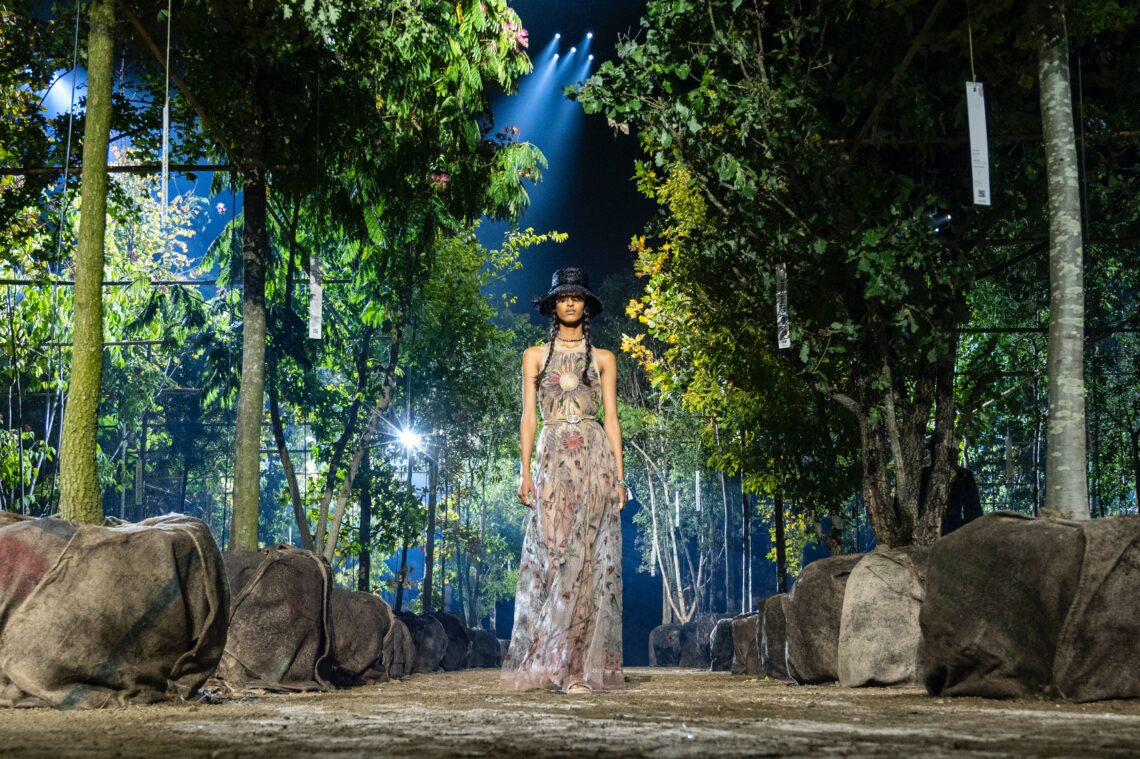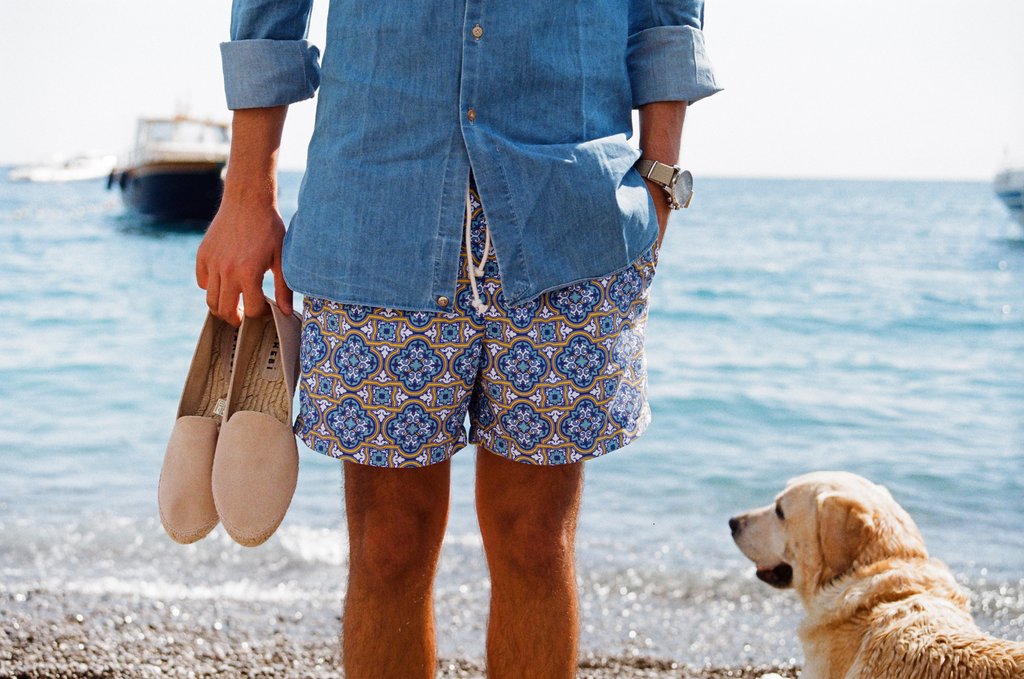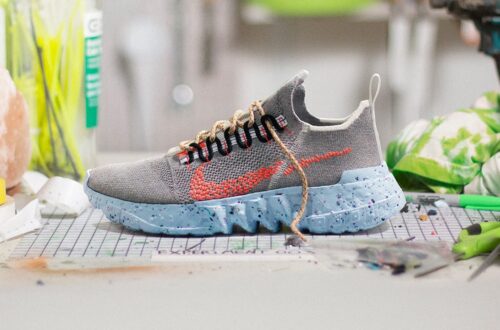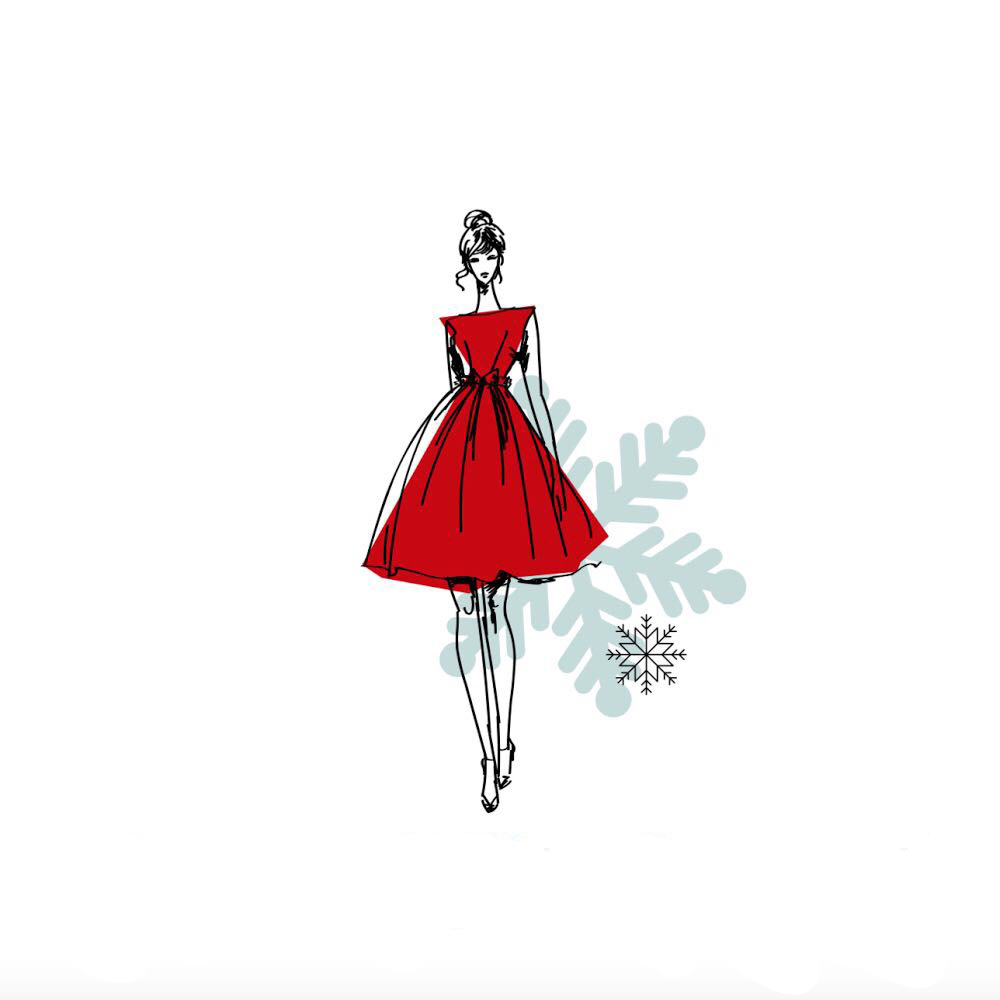The fashion industry is the second largest polluter in the world, just after the oil industry. However, now more than ever fashion companies are talking about environmental and social responsibility. Unsurprisingly, this is happening at a moment in which we are all becoming more conscious buyers. In particular, the rising interest in sustainability amongst GenZ consumers, combined with the increase in their purchasing power, is influencing businesses to take notice. However, despite this flourishing curiosity in sustainability issues within the fashion industry, there is no clear or quantifiable definition of what sustainable fashion actually means. Rather than truly going green and working out how they could integrate sustainability into their supply chain, certain brands are picking the greenwashing option instead, using marketing tactics to paint a greener picture. As sustainability becomes more and more relevant, brands want to jump on the bandwagon, but no label can become green overnight: it takes time and resources to embed sustainability into all aspects of a business.
While identifying greenwashing can be extremely difficult, a fundamental rule of thumb would be to see whether a firmpromotes sustainability as an add-on rather than a key element in its business model. This is the case of fast-fashion brands. Luxury companies, indeed, have an advantage: their products are purchased for longevity, rather than being temporary and disposable like their inexpensive counterparts. Those lines of clothing labelled as “sustainable”, such as H&M’s Conscious Collection, represent a small minority of a fashion brand’s overall stock, but a large proportion of what the brand shouts about in their marketing campaigns. Such collections satisfy a growing market niche, and for the rest, their apathy is fueled by the majority of non-sustainable clothing on offer. As a consequence, the green image the brand is trying to build is not coherent with their way of doing business: H&M’s speed of growth, low prices, supplier network and raw material sourcing are all factors that indicate the heavy environmental and social footprint the brand is leaving on the planet.
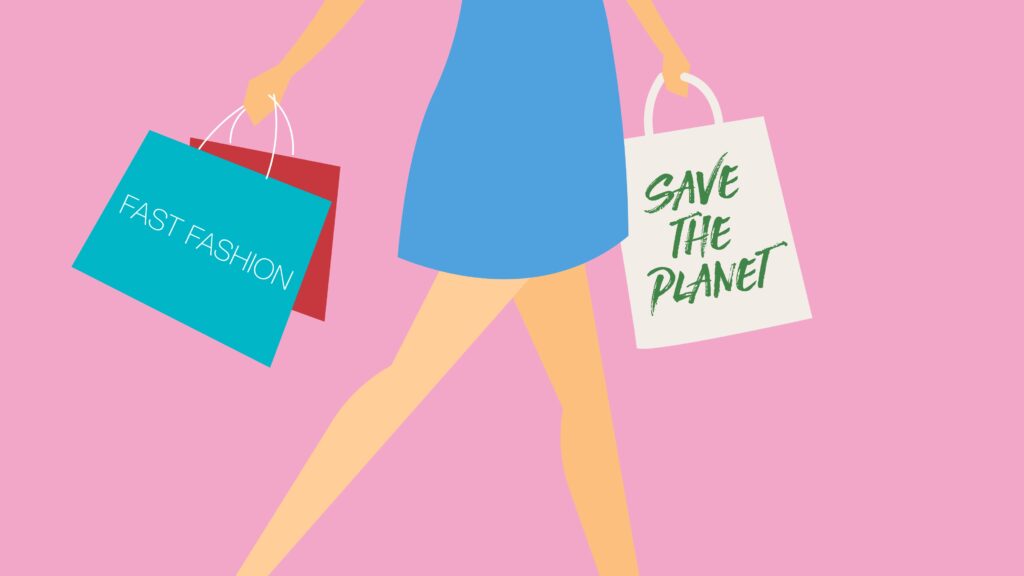
Even though most consumer goods suffer from similar issues, what makes the fashion industry particularly problematic is the frenetic pace of change it does not only undergo, but encourage. While big fashion brands want to move further towards truly sustainable production, current consumption habits are making it extremely challenging: the problem is that far too many clothes are being produced and with each microseason, consumers are pushed into buying the latest items in order to always stay on trend. Moreover, when we are told to buy less and buy better, a company whose financial success depend on us doing the opposite is obviously never going to be the most natural ally.
Nonetheless, there are indeed some fashion brands that have taken the path to sustainability seriously. For instance, Stella McCartney has proved that you can be a pioneer in sustainability and, at the same time, in luxury. The brand does not only promote a great focus in finding partnerships to research more sustainable materials, but also develop innovative processes that are less harsh exploitative of natural resources. Bioengineered spider silk and mushroom leather (also used by Hermès for the production of the iconic Victoria bag instead of calfskin) are some great examples of this focus on developing new sustainable materials.
Moreover, the Kering-owned brands Alexander McQueen and Balenciaga have recently joined the long list of luxury labels cutting out fur. The list already includes Bottega Veneta, Prada, Gucci and many others. If in the past fur was the emblem of luxury and elegance, today millennials consider it a useless form of cruelty, a “sacrifice in the name of style”.
Keep in mind that luxury brands are not more sustainable or ethical than fast-fashion companies: both of them cause harm to the environment, and therefore play a central role in leading the shift towards a better future.
For instance, some companies are focusing on making fashion more circular: waste and pollution are (ideally) minimized, by keeping products and materials in use for as long as possible through reusing and recycling. This is the case of brands like Levi Strauss, Patagonia and Inditex (“Closing the Loop program”).
On the other hand, green financing has been quite a trend in the past few months, with Chanel and Burberry issuing a new form of debt facility: the “sustainability bonds”. Last September, Chanel raised a €600 million green bond. However, the interesting aspect is that the firm is willing to pay a premium (100.5% of face value on maturity in July 2026) if it does not meet certain goals on cutting emissions within the firm and its supply chain within 5 years. Not a small commitment at all.
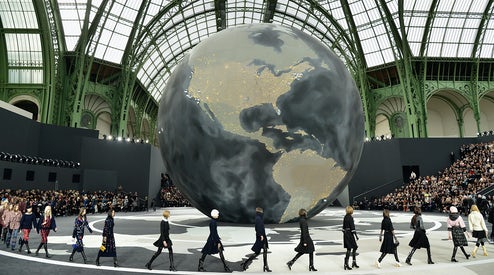
Similarly, the direct-to-consumer brand Everlane created the concept of “radical transparency”: a method through which the cost of labor, materials and firm’s profits are analyzed for every item. Nike has also done a lot to improve their supply chains over the years, using innovation as a driver for sustainability. Increasing R&D expenditure instead of marketing has major potential to decrease costs and increase long-term margins, while simultaneously improving Nike’s ESG (environmental, social, and governance) efforts.
Overall, the fashion industry is far away from being a truly sustainable business, but firms are making attempts to slowly change this situation. Hopefully, from now on, with the pandemic stressing the devastating effects of climate change and the necessary transition to a more inclusive world, sustainability will not be just a trend anymore.
by Erica Balbinot

